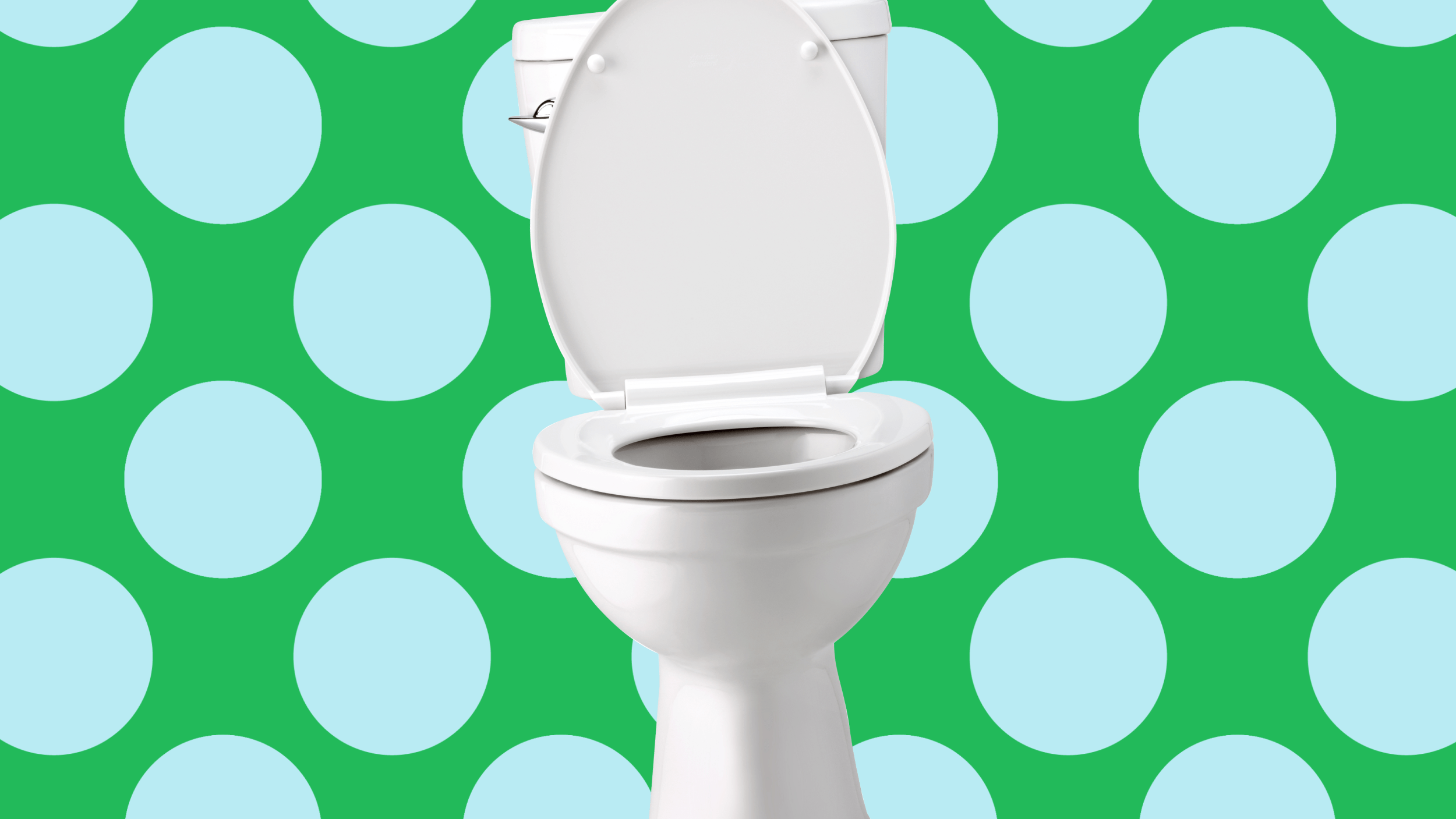You’re out of toilet paper and there's a tissue box within arm’s reach. Crisis averted? Not quite.
Running out of toilet paper is inconvenient, sure, but a clogged toilet? That’s a downright disaster. Tissues may look like a handy TP stand-in, but don’t be fooled — they’re no friend to your plumbing.
We all know that too much toilet paper can risk clogging your pipes, but tissue paper takes the risk to a whole new level. So, before you reach for the tissue box, let’s break down why you should always toss tissues in the bin, not the bowl.
How are flushing tissues and toilet paper different?
Tissues and toilet paper may seem like twins at first glance — both hang out in the bathroom and serve similar tasks. Don't let their looks fool you — when it comes to how they handle water, tissues and toilet paper are more like distant cousins.
Tissues are built for absorption, making them the go to for colds and sneezes — their sturdy design keeping hands clean and dry. But that same strength makes them a nightmare for your plumbing. Toilet paper, on the other hand, is designed to dissolve on contact with water, ensuring a smooth exit for your bathroom business.
Why don't tissues break down like toilet paper?
Let’s break that down.
Toilet paper is designed to dissolve almost instantly in water, thanks to its loose fibres. This quick disintegration is what makes it safe to flush and keeps your pipes happy.
On the flipside, tissues have tightly woven fibres that give them strength and durability. Ideal for standing up to sneezes, not so much for protecting pipes. When flushed, tissues are more likely to cling to plumbing, leading to blockages and potential damage.
What types of plumbing problems do flushing tissues cause?
The short answer: plenty. Clogged pipes, septic tank issues, damaged sewer pumps, backups — you name it.
And just because your tissue disappeared from the bowl doesn’t mean you’re in the clear. Tissues can stick around, building up in your pipes over time and causing blockages that restrict water flow — all leading to costly plumbing repairs.
If you’re on a septic system, things get even messier. Tissues can clog the tank, which means expensive maintenance and headaches. And tissues can block sewer pumps, forcing them to overwork and eventually break down entirely.
So, while flushing a tissue might seem like no big deal, your plumbing bill could tell a very different story.
What is the environmental impact of flushing tissues?
The cost of producing traditional tissues already comes with a hefty environmental price tag — with many tissue companies’ products contributing to deforestation. Aside from the environmental impact of tissues themselves, flushing them down the toilet can bring the health of our environment down with it.
Clogged pipes and septic systems can cause sewage overflows, sending untreated waste spilling into rivers, lakes, and oceans. The result? Aquatic life suffers, water quality diminishes and treatment plants work overtime, increasing energy use and pollution. It’s a big environmental mess — all because of a flushed tissue!
What if you accidentally flush a tissue?
Don’t panic — it happens to the best of us.
While tissues aren't for flushing, there are steps you can take to minimise any potential damage. If the flush went smoothly and everything seems normal, you’re probably in the clear. To be extra cautious, keep an eye on your toilet for the next few days. Listen for strange gurgling noises, watch for slow drainage or any other telltale signs of trouble.
If things start to go south — clogs, slow flushes or anything else that feels really off — don’t go rogue with unclogging tips from the internet. This is the time to call a professional plumber. They’ll inspect your system, clear out any blockages, and stop a small mishap from snowballing into a big, expensive plumbing nightmare.
What’s the proper way to dispose of tissues?
Toss them in the trash. Keeping a small wastebasket in your bathroom makes disposal easy and fuss-free.
Unfortunately, once you’ve used a tissue, it’s no longer recyclable due to contamination. But here’s the good news: if your tissues are made from biodegradable materials and haven’t touched anything nasty (looking at you, body fluids), composting could be an option.
For most of us, though, used tissues are likely to end up in the bin. That’s why switching to tissues made from recycled materials or bamboo is the best move for Mama Earth.
Conclusion — Don’t flush tissue down the toilet
A quick recap to clear things up:
Tissues and toilet paper are plumbing opposites. Toilet paper dissolves like it’s supposed to, while tissues hold their ground, leading to clogs, septic tank nightmares, and overworked sewer pumps — not exactly a pipe dream. Flushing tissues doesn’t just mess with your plumbing; it also harms the environment by contributing to sewage overflows that pollute lakes, rivers, and oceans, putting wildlife and water quality at risk.
If you accidentally flush a tissue, don’t panic! Just keep an ear out for strange gurgling sounds or signs of slow drainage. If anything seems off, it’s plumber time.
Better yet, keep tissues out of the bowl in the first place by tossing them in the bin. And remember, they’re not recyclable.
So, what’s the solution for saving the planet from your runny nose? Switch to our bamboo tissues! Made from 100% bamboo, they’re soft on your nose, easy on the planet and the perfect eco-friendly alternative.

